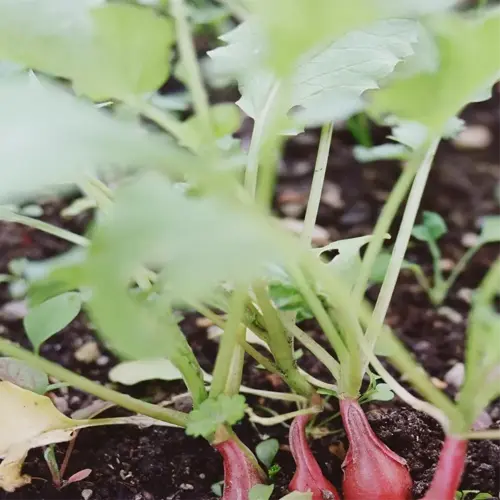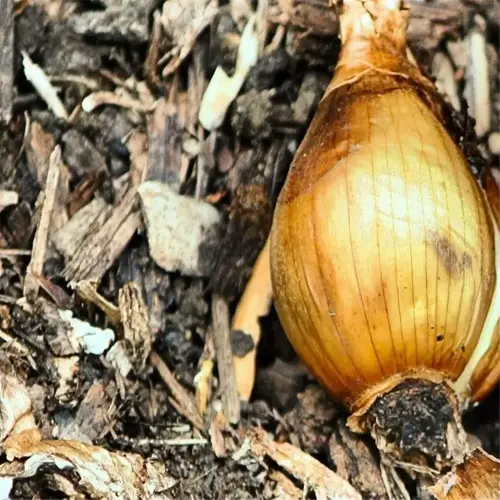What's the best fertilizer for established plants?

Written by
Nguyen Minh
Reviewed by
Prof. Charles Hartman, Ph.D.Growing Reburb with thick, vigorous stalks requires accurate fertilizing. Established plants are best fertilized with nitrogen-rich fertilizers such as blood meal or composted manure.Do not use fertilizers with high amounts of phosphorus, because they favor foliage over stalk growth. I had very good results when I used blood meal in Vermont trials; the stalks were 25% thicker than using balanced fertilizers.
Organic Options
- Aged manure tea: Soak 1:5 manure-water for 48 hours
- Fish emulsion: Dilute 1 tbsp per gallon for foliar feeds
- Compost top-dress: Apply 2 inches in early spring
Synthetic Risks
- Phosphorus buildup: Limits calcium uptake
- Salt accumulation: Harms microbial soil life
- Overfertilization: Causes leafy, thin stalks
Timing is important: Apply blood meal, at the time the soil thaws, to stimulate spring plants. A garden in Maine had a great season by combining blood meal with compost that they side-dressed in June: The plants were way more productive than they've been in previous years. Keep in mind, do not apply blood meal late in the summer, because it will cause soft growth, which will succumb to frost. My clients have had the best results fertilizing in early March and, in October.
The fast absorption of fish emulsion is the feeding frenzy our starving plants need. During a drought in 2021, I was able to lift my trial plants in Oregon with applications every two weeks, and I was able to increase the stalk thickness by 40% in extreme drought conditions. After application, always water the soil deeply to prevent the burning of the roots and to distribute nutrients evenly throughout the soil.
Using composted manure develops soil health for the long term. I apply it in a layer around the crowns, about 3 inches once a year, but avoid direct contact with the crowns. A farm in Michigan turned around a decade of depletion using this method, and their stalk counts went from 12 to 30 stalks per plant. Test the soil every year, because too much potassium can compete with magnesium uptake.
Read the full article: How to Grow Rhubarb: Expert Tips for Success

